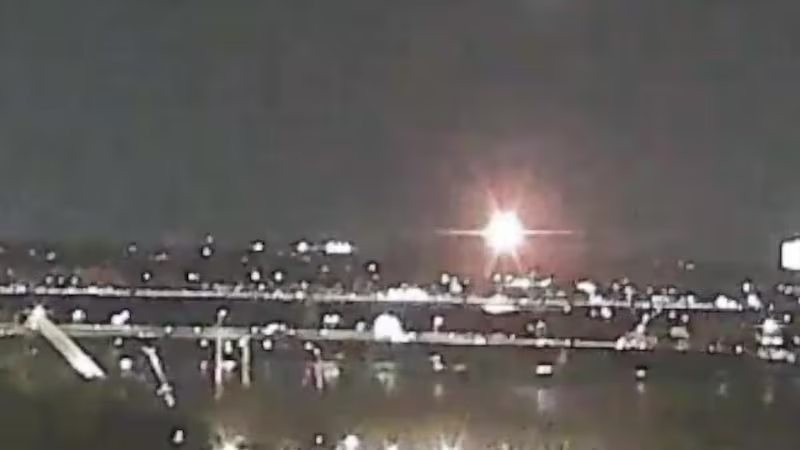A preliminary report suggests control tower staffing was inadequate when an American Airlines jet collided with a U.S. Army helicopter, plunging 67 people to their death in the icy Potomac River below.
That assessment was made by the Federal Aviation Administration on Thursday, a day after the deadly crash as questions—and conspiracies—swirl about who or what is to blame.
The administration wrote that Ronald Reagan Washington National Airport’s control tower staffing was “not normal for the time of day and volume of traffic” it was experiencing just before 9 p.m. Wednesday, reports The New York Times.
Investigators concluded a single person was doing a job meant for two—juggling the duty of monitoring helicopters in the airport’s vicinity as well as guiding planes that were landing and departing from its runways.

The findings are seemingly in line with a years-long problem that has plagued the U.S. aviation industry—a shortage of air traffic controllers.
The FAA stopped short of blaming the controller—or anyone else—for Wednesday’s tragedy, but the Times noted the double duty of handling choppers and airliner traffic can “increase the workload” and “complicate the job.”
Those two jobs are especially complicated to handle simultaneously because planes and helicopters speak with the tower using different radio frequencies, meaning the pilots do not typically hear each other’s communication.
Audio obtained by the Daily Beast captured communication between the tower and the doomed American Airlines jet—a Bombardier CRJ700 that was arriving from Wichita, Kansas.
The air traffic controller can be heard asking the helicopter, “PAT 2-5 do you have the CRJ in sight?”
The tower then directed the helicopter to go behind the jet, saying, “PAT 2-5 pass behind the CRJ.”

Tragedy would strike moments later, with the plane’s radio transponder ending transmission about 2,400 feet short of the runway. In the control tower, a woman can be heard gasping and saying “oh my Go—” before the audio cuts out. Fifteen seconds later, someone radioes in, “Tower, did you see that?”
The Times reports that the tower at Reagan airport has been “understaffed for years” and was “nearly a third below targeted staff levels” as of Sept. 2023.
It is unclear if staffing was beefed up in the year-and-a-half since then, but there is no public evidence that suggests there has been a hiring wave to fill in the gaps.
The Times reported most workers at the tower work up to six days a week and 10 hours a day.







